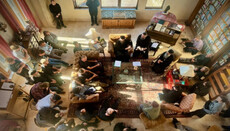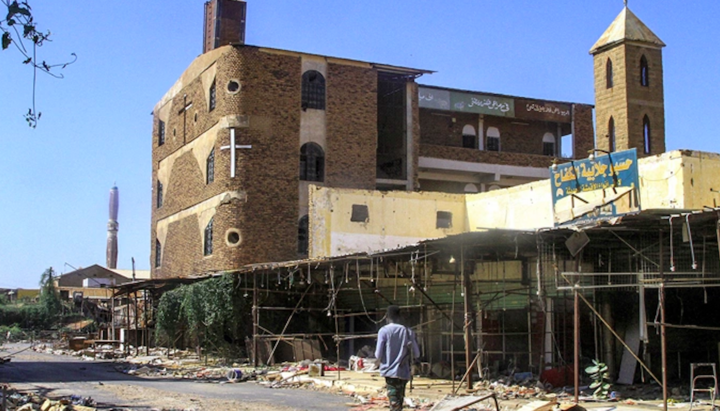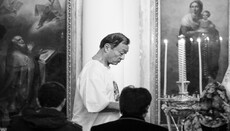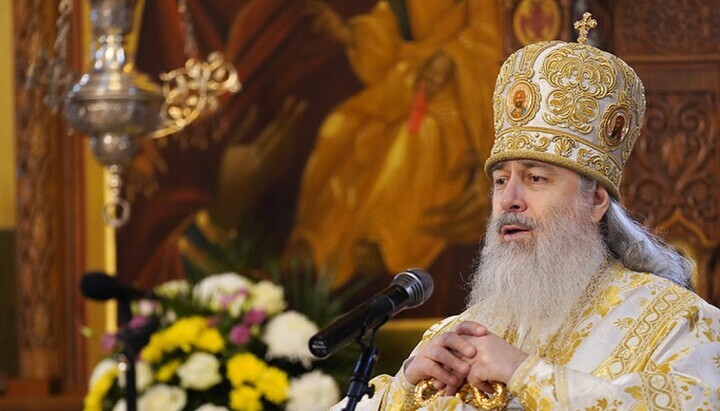Canterbury Cathedral Adorned with Graffiti as Part of Art Exhibit
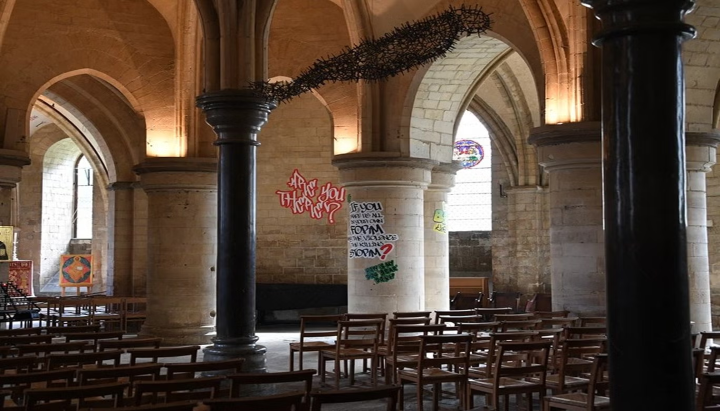
The "art installation," scheduled to remain until January, comes just days after Sarah Mullally was named the first-ever female Archbishop of Canterbury.
CANTERBURY — Just days after the Anglican Bishop of London, Sarah Mullally, was named the first-ever female Archbishop of Canterbury, further controversy has been prompted by an art installation at the historic Canterbury Cathedral.
The display, titled "Hear Us," has graffiti placed around the UNESCO World Heritage Site which has stood for more than 1,400 years and predates the English Reformation.
From the cathedral's website:
Through graffiti-style displays within the Cathedral, participants pose personal questions to God, merging contemporary inquiries with ancient architecture.
The project highlights graffiti as a means of reclaiming public spaces, preserving cultural heritage, and affirming identity.
By blending traditional and innovative elements, "Hear Us" explores the dynamic interaction between faith, art, and community, offering participants a platform for creative expression and self-discovery in a sacred setting.
The graffiti, applied as stick-on graphics, poses questions such as, "do You ever regret Your creation?", "why did You create hate when love is by far more powerful?”, "are You there?", and "God, what happens when we die?" The installation is described as a "unique collaboration between poet Alex Vellis, curator Jacquiline Creswell, and marginalized communities."
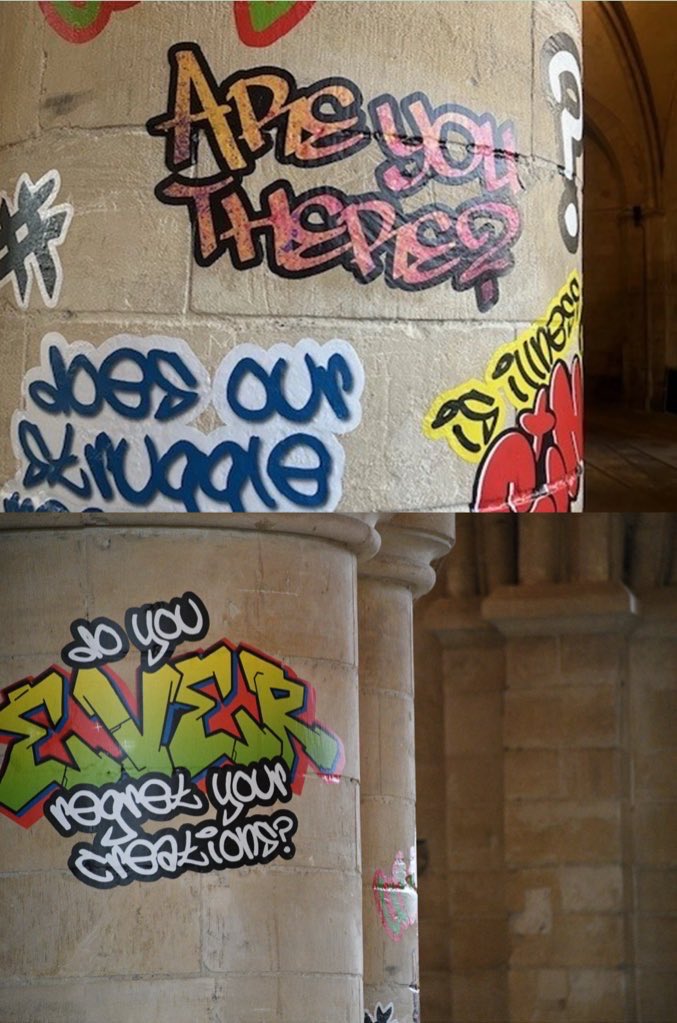
Questions styled as graffiti art adorn pillars of the ancient cathedral. Photo: Canterbury Cathedral
Those communities included "Punjabi, black and brown diaspora, neurodivergent, and LGBTQIA+ groups" who were asked to respond to the question, "What would you ask God?" The website further explains that these demographics have historically used graffiti to "reclaim public spaces and preserve the cultural heritage of their communities," which serves in "celebrating their history, sharing their stories and affirming their identity."
As reported by The Independent, some critics have said the installation is "sacrilegious," with one individual saying that the graffiti makes the cathedral "look like an underground car park."
David Monteith, the dean of Canterbury who is an openly gay man in a civil "partnership," said that the exhibit is raw and "disruptive," with an authenticity that "is unfiltered and not tidied up or sanitized."
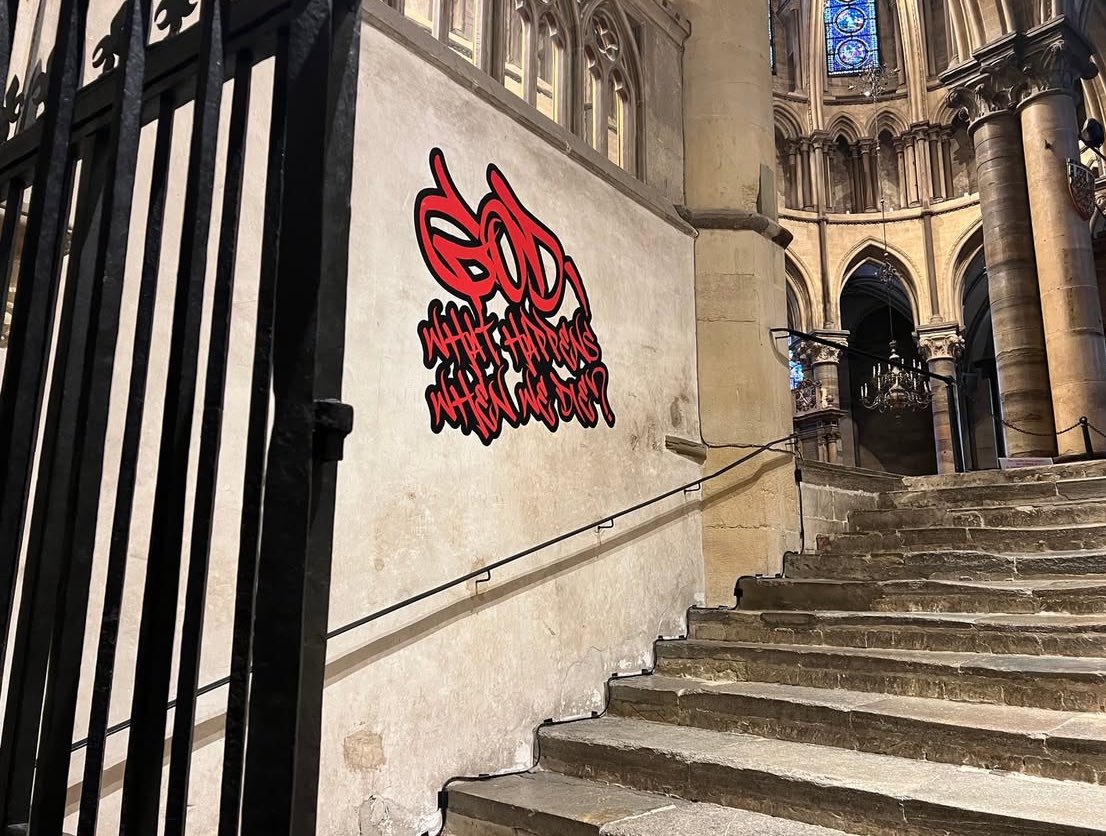
The Church of England has said that the application of the stick-on graphics was handled professionally and with care. Photo: Canterbury Cathedral
Despite the endorsement of the graffiti-style art in an historic worship space, the Anglican Church has decided to remove the exhibit before Mullally's official enthronement as the Archbishop of Canterbury.
Vellis, the poet who helped create the installation, said, "We join a chorus of the forgotten, the lost, and the wondrous. People who wanted to make their mark, to say ‘I was here’, and to have their etchings carry their voice through the centuries.”
The etchings will be allowed to carry their voices until Jan. 18, 2026, with Mullally's enthronement scheduled for March. The Church of England has not announced how marginalized communities will be incorporated into the momentous occasion.
Previously, UOJ reported that African bishops of the Anglican Communion had called the appointment of a female archbishop "apostasy."
